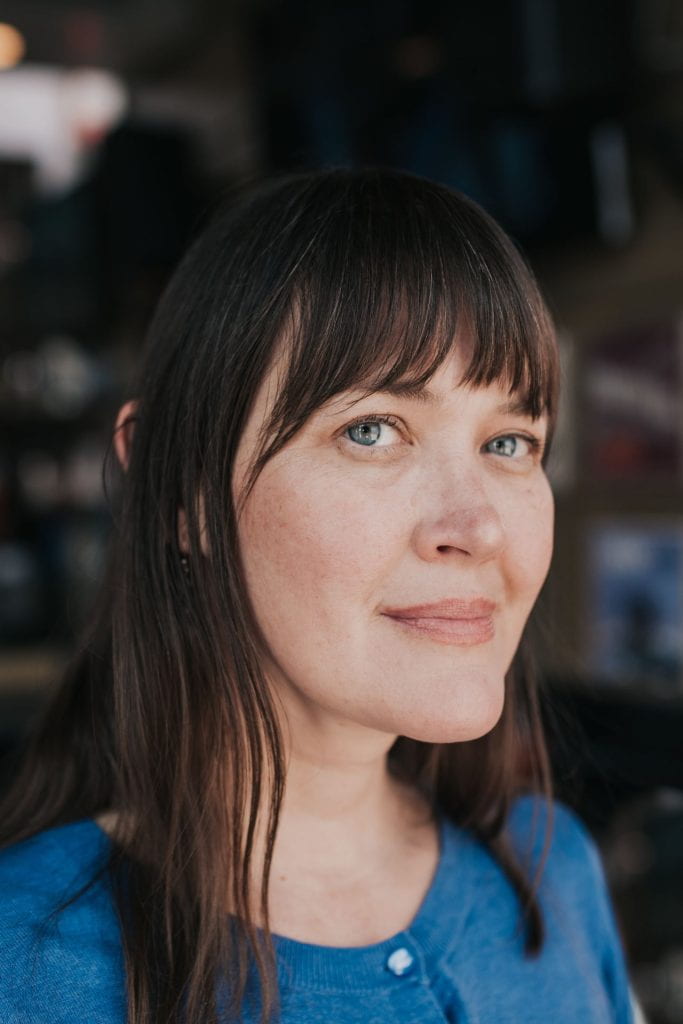
As new students come flooding into UAB every fall, some know exactly what they want to study. However, the majority of the lowerclassmen are going to explore their options, possibly making changes to their career paths along the way through a process of trial and error.
For some, this process goes a step further—a student may find the right subject matter to study, but what about the concentration? I struggled with this decision myself. After changing my major a few different times and feeling unsatisfied, I realized that what I really wanted was to study English.
However, my insecurities with this major resurfaced when I had to select a concentration. There were many stigmas that clouded my judgement when I was faced with this decision. I have always loved constructing fiction and other forms of creative writing, but was it practical enough for the real world?
I enjoyed being on the newspaper staff in high school, and writing in a professional sense. Would it be more beneficial to my career to be a professional writer, despite my passion for crafting stories? I had to find out.
In this article, I hope to not only break some of the stigmas surrounding both concentrations, but to also examine potential careers that allow English majors the opportunity to exercise creative and professional writing.
Creative Writing Offers More Than You Think
When people ask me what I’m studying, I usually don’t specify creative writing. I’ve grown tired of the judgmental looks and comments that many give in response. Creative writing suffers from the stigma that it can only lead to teaching jobs. This notion could not be further from the truth. In fact, the creative writing concentration opens the doors to a wide range of possibilities.
Creative writing teaches you how to be a skillful, observant writer. Students are taught to manipulate language in ways that are visually and audibly pleasing to the reader. While a short story and a term paper are very different in content, they both require skillful writing. This concentration will provide you with such expertise.
There are many careers that can derive from this concentration, including publishing, marketing and journalism—proving that creative writing can be a very practical concentration.
Professional Writing is Not as Rigid as it Seems
The idea that first struck me when I considered a professional writing concentration was that it was boring. I immediately feared that there was no way I could be as creative in my career as I wanted to be. Again, this idea is a false stigma associated with this concentration. There are many ways to be creative with a degree in professional writing.
Professional writing is an interesting concentration because it is essentially applicable everywhere. Students in this concentration will learn to develop skills in technical writing, editing and publishing. These skills are useful both in the print and digital media worlds. Not only can professional writers find work as editors and publishers, but they can work at virtually any company that requires a skilled writer.
The Two Concentrations Can Collaborate
The thing to keep in mind with both of these concentrations is that they teach you how to write well. At the end of the day, it often comes down to how you advertise yourself when you interview for a job. If you can assure potential employers that you have the skills they’re looking for, that’s usually all that matters.
There are some opportunities that allow you to use both of these concentrations at once. For instance, some literary magazine publishers and editors get to enjoy designing the magazine and submitting their own creative work as well. All in all, these concentrations are what you allow them to be; if you really look deep and explore all of your options, there will be something there for you.




